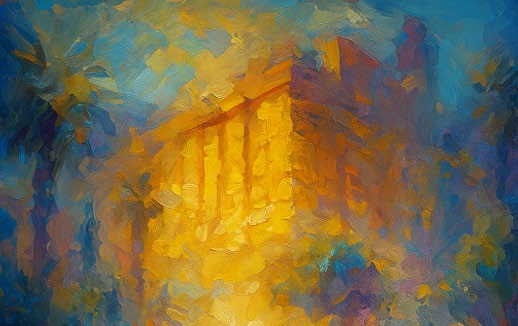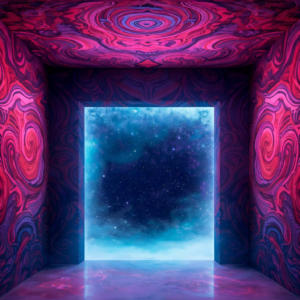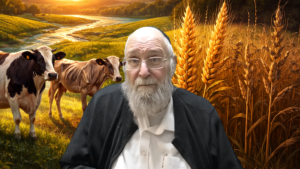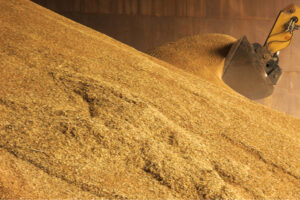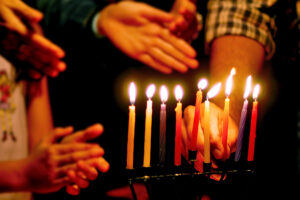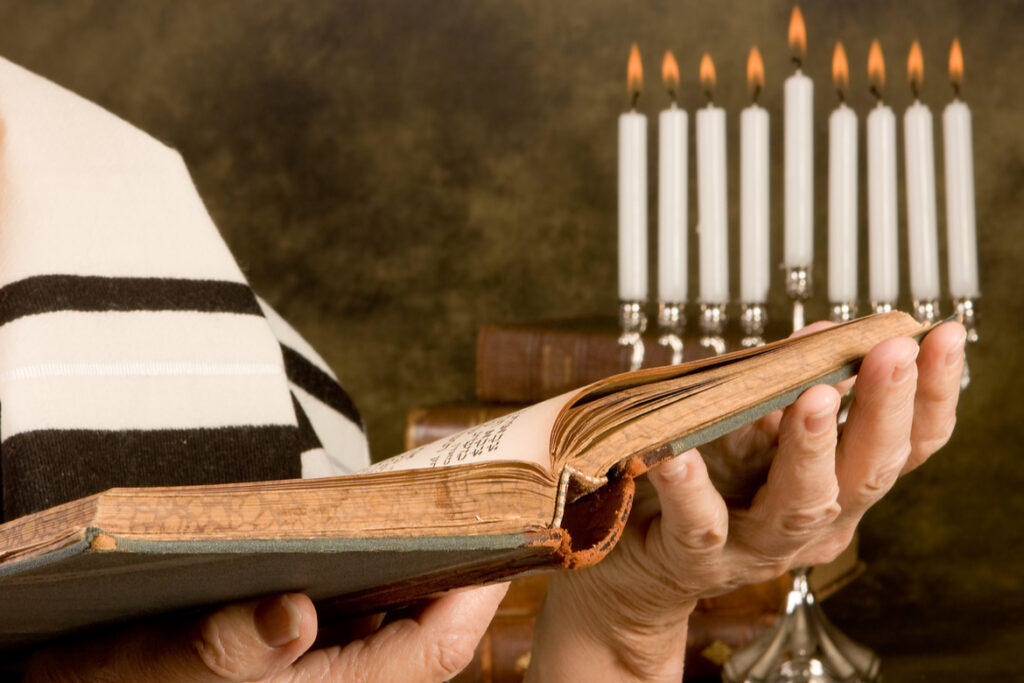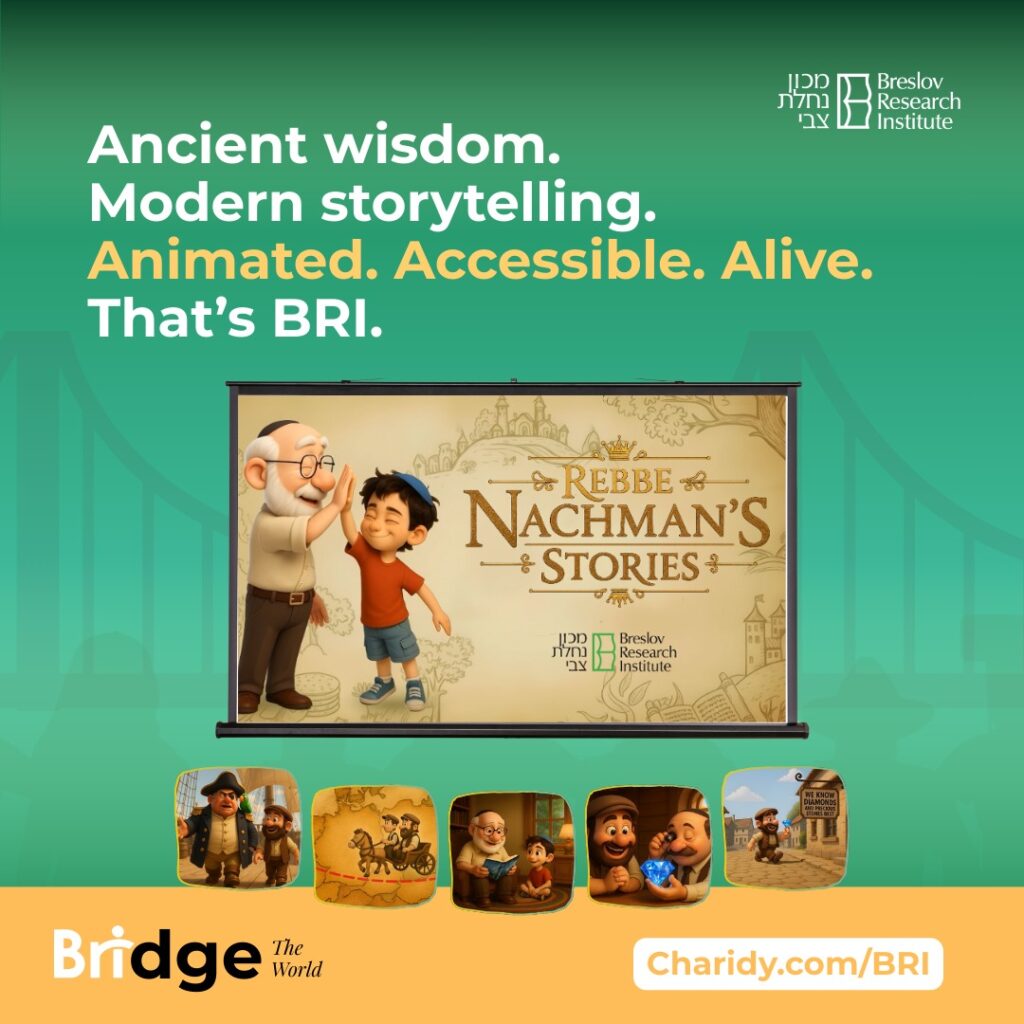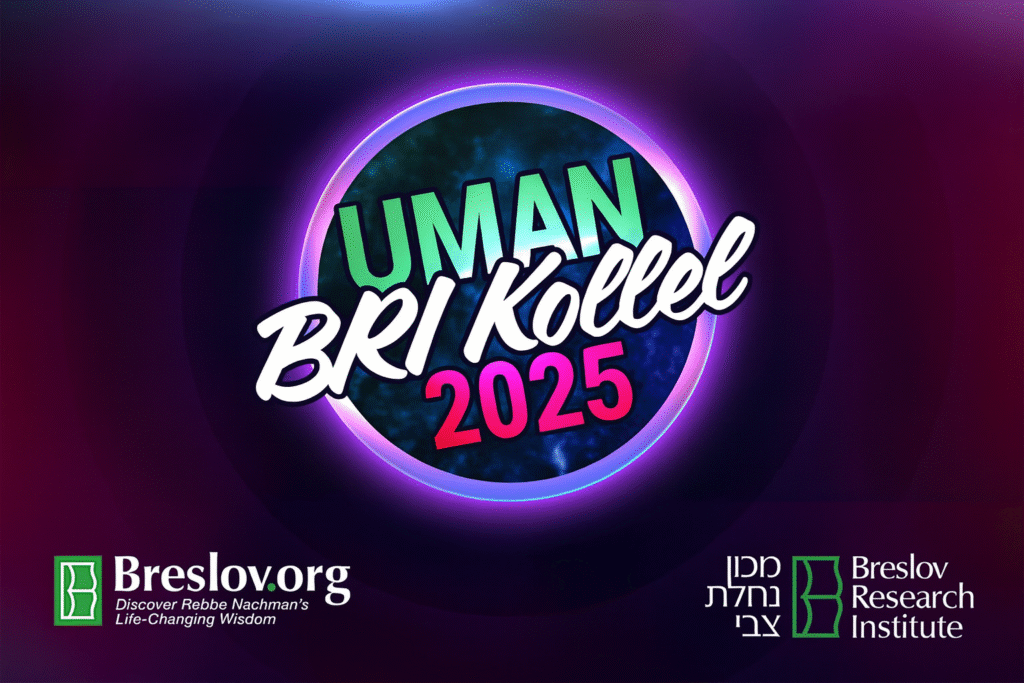How Can We Compare To Yitzchak Avinu?
FROM THE UPCOMING ‘REBBE NACHMAN’S SOUL’, ADAPTED FROM HIS AUDIO SHIUR ON SICHOS HARAN 14
AN EHRLIKHER YID
Parshas Chayei Sarah teaches us about Yitzchak Avinu – who would go each day to pray at the Me’aras HaMachpelah, where he felt a deep and constant closeness to Hashem. Rabbeinu zal says: “I envy very much an ish kasher, who is called an ehrlikher Yid,” which means a religious Jew, one who is loyal and devoted to HaShem’s service. Why does he envy him? Because he is very misleading. You see this Jew walking in the street among other people, and he looks exactly the same as everyone else. He’s got two arms, two legs, the same external organs. Internally, he has a stomach, intestines, a heart, lungs and a liver. And yet, he’s completely different in the eyes of Heaven. His neshamah, which corresponds to the same 248 organs, is very different and much purer than those of the people around him. Therefore, Rabbeinu zal says of this ish kasher, “Ashrei lo.”
THE APPEARANCE OF THE TZADDIK EMES
There is a torah in Likutey Moharan where Rabbeinu zal uses the same words when referring to the tzaddik (Likutey Moharan II, 116). It’s very important to be enlightened with this information. Rabbeinu zal says that a person sometimes conjures up in his mind a vision of the tzaddik emes. The person thinks the tzaddik emes is supposed to have a halo shining above him. His face is supposed to radiate like the sun, like Moshe Rabbeinu when he came down from Har Sinai. He is supposed to sort of float on air rather than walk, and, of course, he’s not supposed to eat regular food, he’s supposed to eat Torah, air. Rabbeinu zal says that if a person is zokheh to see the tzaddik emes, he won’t see the words “tzaddik emes” written on him. He’s a regular human being – with the same two eyes, two ears, a mouth, and a body, and he might not be physically handsome at all. The Gemara says that Rabbi Yehoshua ben Chananya was the wisest tzaddik in the world, but he was not good-looking at all (Ta’anis 7a). The point is that the tzaddik emes might not be physically better-looking than others, yet he is completely different from every other human being on earth.
Even more misleading is seeing the tzaddik emes at his table. You will find him eating soup with a spoon, and he has to fill the spoon in order to put it in his mouth. He has to swallow the soup or chew his food just the same as anybody else. Why doesn’t he have a fire coming out of his mouth to consume his food, like the Altar in the Beis HaMikdash? Rabbeinu zal says that a person watching the tzaddik emes eating would be very disappointed. He thought that the tzaddik emes was like an angel who does not require food at all. Rabbeinu zal says that this is the biggest mistake a person can make. Physically, the tzaddik emes is the same as any other person, and it has always been this way with all tzaddikim throughout history.
HOW DO YOU EXPECT US ORDINARY MORTALS TO COMPARE TO YITZCHAK AVINU
Once someone was sitting at Reb Noson’s table. Reb Noson was talking about Yitzchak Avinu, saying that he was so pure that he would go out daily to daven at Me’aras HaMakhpelah, and there, he would experience a closeness with HaShem that was unmatched in his time. Rabbeinu zal said that every person should learn from this.
The student rose up and asked Reb Noson, “How do you expect us ordinary mortals to compare to Yitzchak Avinu, the second of the fathers of the Jews?” Reb Noson replied disdainfully, “Do you think for a minute that Yitzchak Avinu was not a physical being? He was just as physical as you. If you would see him, you wouldn’t recognize him as Yitzchak Avinu. He was a regular human being with 248 organs like any other person, but he worked so hard and sacrificed so much until he purified himself and became Yitzchak Avinu (Kokhvey Ohr, p. 79, #31).” The same is true of any tzaddik. Externally, he looks no different from a regular mortal, but internally, spiritually, there is a vast difference. In Heaven, his neshamah shines out above all the people in his generation.
THE REALITY OF ERETZ YISRAEL
Rabbeinu zal says: “Now apply this further. We have a material, physical world created by HaShem. It’s made up of elements, minerals, metals. When you look at the entire earth, you see one big, bulky mass of material. Yet, there is one small section called Eretz Yisrael, Eretz HaKodesh, which is completely different.” The air is so spiritually pure that a person breathing that air becomes filled with wisdom (Bava Basra 158b). The sky is also different than the sky elsewhere – a person looking up at the sky over Eretz Yisrael becomes filled with fear of HaShem. But the earth looks the same. A person who hears about Eretz Yisrael, the land of the Tanakh, the land of the Torah, and who reads about our holy fathers, David HaMelekh and the battles that Yehoshua fought for Eretz Yisrael, is under the impression that when he gets to Eretz Yisrael, he will see a different type of world. He thinks it’s like visiting Heaven; he will see something spiritual. He gets there, by ship or by plane, looks at the ground and he can hardly tell the difference. The streets look like, lehavdil, a city in America.
“Is this Eretz Yisrael?” he asks. “How come the sand is not snow white? Why is it brown like in any other place? How come the leaves on the trees are not made of shining platinum or gold? Where is the holiness of Eretz HaKodesh?” The Malakh HaMaves, the Angel of Death, cannot enter Eretz Yisrael. A person dying there does not die from the hand of the Malakh HaMaves, but through the Shekhinah itself. So, he asks, “Where is the wall that stops the Angel of Death from entering?” Rabbeinu zal says that a person going to Eretz Yisrael might be disappointed if he is a fool. He must know that just as you cannot see the holiness of the tzaddik emes, you cannot see the holiness of Eretz Yisrael – but it is there. If he’s standing on the soil of Eretz Yisrael, ashrei to that person, because whether he is walking, breathing, sitting, talking, learning, eating, or anything else – doing it in Eretz Yisrael is different from doing it elsewhere. For every single second spent there, he is in a different atmosphere. There is a different Heaven over him. It cannot be compared to any other place in the world, no matter how similar it looks. It is completely different (Likutey Moharan II, 116.).
BEING AWARE OF OUR MITZVOS
If we are zokheh to being shomrei Shabbos, we can walk the streets on Shabbos and see ourselves in a different light. Ashrei to the person who sees himself as a true shomer Shabbos, who sees himself as a different person when he passes restaurants that carry non-kosher food. He knows, “I will not walk into that restaurant. I will not partake of that type of food because I am kosher in food. I am also kosher in Shabbos, and kosher in my actions; I would not commit a crime of stealing or hurting another person.” This is a type of ish kasher. He is not the tzaddik emes, but rather a simple Jew who is kosher and obeys the mitzvos. And yet, he is very, very different from his neighbor who does not obey the mitzvos. The difference cannot be seen physically, but it is certainly recorded in Heaven. When the time comes for these two to appear in Heaven, their many, radical differences will be clear. The person who did not fulfill the mitzvos as a kosher Jew will have to descend to the lowest abyss of suffering, chas veshalom, while the person who did fulfill the mitzvos has an eternal reward ahead of him.
IT DEPENDS ON THE YEARNING
What is necessary for a person to deserve the title of an ish kasher? Rabbeinu zal says that it takes a desire, a yearning on the part of a Jew to fulfill his duty and obligations, and to abide by the mitzvos of HaShem. A yearning means he wants to do it. It doesn’t mean that he does it. A Jew with a strong desire is someone who, when he hears about a mitzvah, you see his face light up. You see the craving to get to that level where he can fulfill the mitzvah properly, or to gain additional knowledge in Torah. He sees sefarim and wants with all his heart to be able to learn them. He wants to be able to cover the entire Shas. How wonderful for a person to sigh and say, “How I would like to learn through the entire Shulchan Arukh and have a proper knowledge of the dinim. Or to learn through the sifrei Kabbalah, the Zohar HaKadosh, the sefarim of Rabbeinu zal and Reb Noson. I’d give anything to be able to have all this knowledge and to have the pleasure of learning through it.” This is a beautiful desire.
DESIRE BRINGS LIFE
Rabbeinu zal speaks about the nekudos hakesef (Likutey Moharan I, 31:6). The letters of the Torah cannot be read without the nekudos, the vowels. A word without nekudos cannot budge. It is a body without a soul. What gives the word its soul? The nekudos, also called nekudos hakesef. Rabbeinu zal says that kesef, silver, comes from the word likhsof, to yearn. Nekudos hakesef – life that is formed through yearning. A person’s soul may be dormant, asleep, lifeless, but if he has a strong yearning and desire to fulfill a mitzvah, his soul comes to life. Now he is a body with a soul, a living being. This yearning, Rabbeinu zal says, is what makes him an ish kasher. A person who wants to do a mitzvah may not have fully fulfilled his desire, but the yearning itself makes him an ish kasher.
- 0 comment

